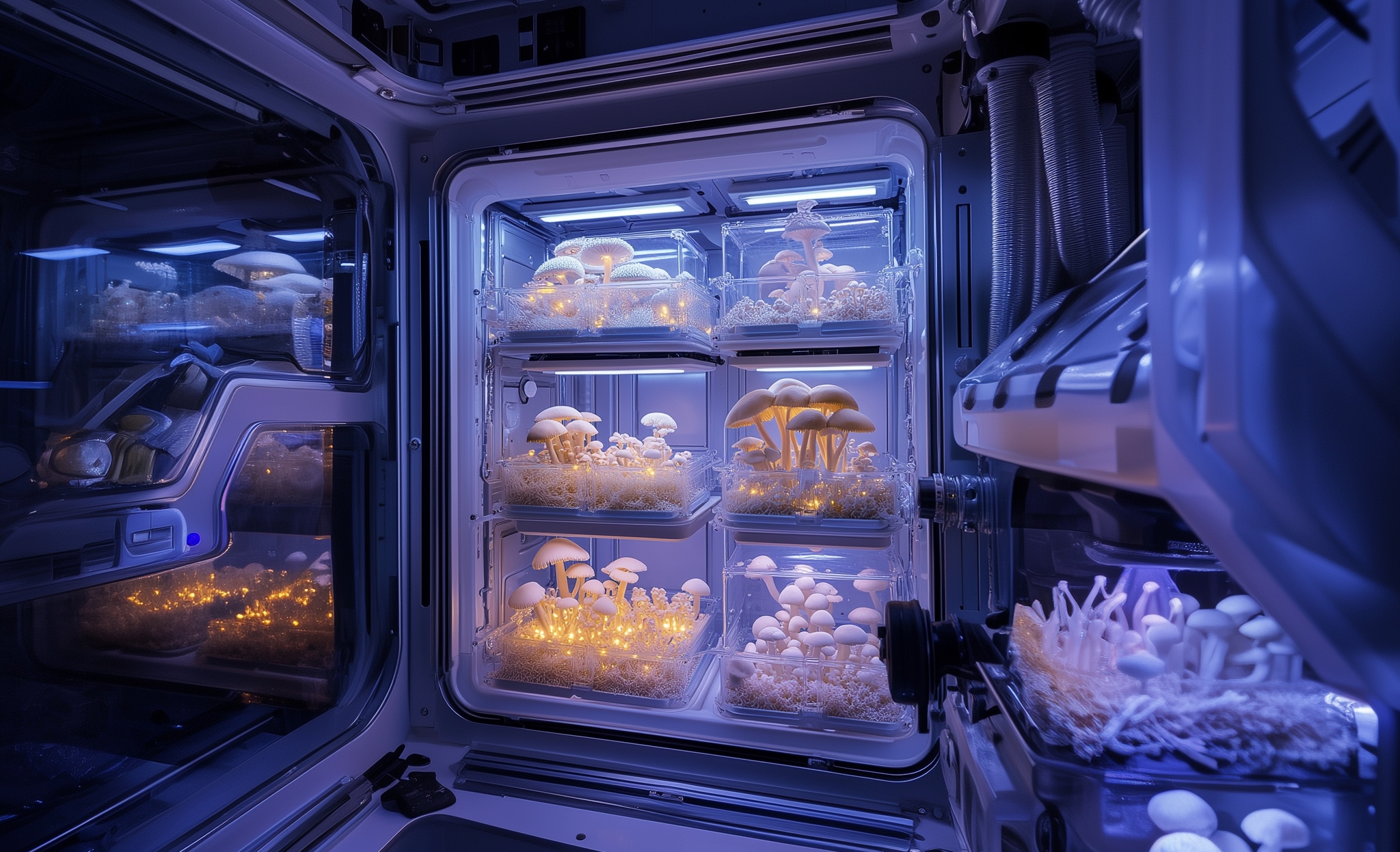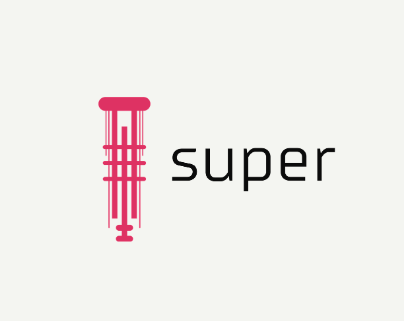Insider Brief:
- Florence Quantum Labs introduces an interdisciplinary framework combining quantum biology, high-performance computing, and machine learning to optimize nutrient transfer in mycorrhizal fungi networks for agriculture and environmental resilience.
- The study integrates a mycoponics platform from previous literature to observe nutrient pathways in a controlled, soil-less environment, enabling real-time tracing of nutrient flows using isotopic labeling and quantum dot markers.
- Quantum algorithms like QAOA and VQE simulate nutrient tunneling and protein folding, while quantum machine learning processes genetic data to uncover interactions integral to efficient nutrient exchange.
- Despite potential limitations, this framework is designed to improve agricultural productivity and carbon capture in soils, providing a sustainable alternative to chemical fertilizers that aligns agricultural practices with ecosystem health.
The subterranean world of mycorrhizal fungi networks is as complex as it is essential, quietly underpinning plant life through a vast system of nutrient exchange. In a recent publication, Abhiram Sripat, scientist and founder of Florence Quantum Labs, explores these hidden fungal symbioses, proposing am interdisciplinary framework that combines quantum biology, high-performance computing, and quantum algorithms to unravel and optimize nutrient transfer. Published on arXiv, the study highlights how this intricate network may hold solutions for sustainable agriculture and effective carbon sequestration, with applications relevant to ecosystem management and precision farming.
Mycoponics as a Lens on Fungal-Plant Interactions
Beneath the soil’s surface is an unseen network of roots and fungi, a hidden architecture that fuels plant growth and sustains ecosystems. Yet, understanding the precise workings of these subterranean interactions remains a challenge. To investigate nutrient exchange with unprecedented precision, Sripat’s framework integrates an experimental mycoponics platform, developed by Dr. D. Marshall Porterfield of Purdue University.
The mycoponics setup provides a controlled, soil-less environment where scientists can observe the nutrient pathways between fungi and plants without interference from other soil microbes. By creating this simplified environment, the team can use advanced isotopic labeling and quantum dot markers to trace nutrient flows in real time and capture the dynamic relationships within these networks.

The study suggests that, by closely observing these nutrient exchanges, researchers could refine fungal inoculants—custom blends of beneficial fungi that enhance crop health and reduce dependence on traditional fertilizers. This aligns with the vision of precision agriculture, where every crop and field is treated uniquely, minimizing waste and maximizing yield.
Quantum Biology and the Hidden Physics of Nutrient Transfer
When we think of quantum mechanics, we often imagine atomic particles and subatomic phenomena far removed from the life sciences. Yet, recent studies have shown that quantum effects are also at work within living organisms, influencing processes essential to life. Sripat’s framework incorporates a focus on quantum biology—a growing field that applies principles of quantum mechanics to biological systems.
Research has already shown that quantum phenomena like coherence and tunneling are active in biological processes, from photosynthesis to enzyme activity. The framework hypothesizes that similar quantum effects might be at work in mycorrhizal nutrient transfer, especially in the transport of nutrients such as phosphorus and nitrogen.
Quantum tunneling, for example, could enable particles like protons to cross energy barriers within fungal membranes more efficiently than classical mechanics would allow. Meanwhile, coherence may optimize the transfer of electrons during redox reactions to facilitate nutrient uptake. The study notes that these mechanisms could explain why mycorrhizal fungi are able to maintain efficient nutrient exchange even under environmental stress.
Quantum Algorithms and Predictive Modeling of Fungal Proteins
In molecular biology, the protein folding problem—predicting how a protein’s amino acid sequence determines its three-dimensional structure—remains one of the field’s most notable challenges. Traditional computational methods have made progress but often struggle with the complex, rugged energy landscapes that proteins navigate to reach their functional forms. Quantum algorithms, due to their capacity for navigating complex energy landscapes, may be able to solve this more efficiently than classical methods.
For more detail, consider how as proteins fold, they traverse an energy landscape with multiple possible conformations, each corresponding to different folding pathways and intermediate states. The nature of this landscape, with numerous local minima, makes it challenging to find the global energy minimum that represents the protein’s functional state. Quantum computing can theoretically offer advantages here through algorithms such as the QAOA and the variational quantum eigensolver, pending solutions for barren plateaus.
Returning to the proposed framework, and moving beyond observational studies, quantum algorithms are proposed to simulate nutrient exchange within fungal networks. Specifically, QAOA and VQE may be used to predict configurations of fungal proteins involved in nutrient transport, adding to our understanding of nutrient tunneling processes and potentially enabling optimized fungal inoculants for agriculture. The ultimate vision is to develop a catalog of precision-engineered fungal strains tailored to various environmental conditions, where each strain is optimized for maximum nutrient transfer efficiency, effectively improving crop health while reducing reliance on chemical fertilizers.
Additionally, the framework incorporates quantum machine learning QML for processing datasets such as transcriptomic and metagenomic sequences within fungal networks to reveal genetic and molecular interactions critical to nutrient exchange. With QML, the team hopes to identify previously unknown gene networks linked to these processes, to provide a deeper understanding of the molecular basis of nutrient transfer. The study notes that these insights could also inform future genetic engineering efforts, creating fungal strains that are even better suited for precision agriculture and ecosystem management.
Challenges and Future Considerations in Quantum-Enhanced Fungal Research
To address potential limitations in the framework, the study acknowledges several areas where current technologies and methodologies may fall short. While the integration of quantum biology and high-performance computing offers promising avenues for studying mycorrhizal nutrient transfer, the computational resources and hardware requirements for large-scale simulations remain significant challenges. Quantum algorithms, such as VQE and QAOA, are constrained by current quantum hardware limitations, particularly the issues of decoherence and error rates, which could impact the reliability and scalability of protein folding simulations at larger scales.
Additionally, translating these insights into actionable agricultural applications may require further validation in diverse environmental conditions, as mycoponics-based observations in controlled, soil-less settings may not fully capture the complexities of natural soil ecosystems
Toward a Quantum-Enhanced Framework for Sustainable Agriculture
By integrating quantum biology, machine learning, and high-performance computing, this interdisciplinary framework applies each method to its optimal function, providing a unique lens on nutrient transfer in fungal networks. Quantum algorithms such as QAOA and VQE simulates the complex dynamics of nutrient tunneling and protein folding, while quantum machine learning analyzes large genetic datasets for interactions critical for efficient nutrient transfer.
With these insights, Florence Quantum Labs envisions a future in which fungal networks contribute to agricultural productivity and ecosystem health. This may provide a sustainable alternative to traditional fertilizers, promoting crop health while expanding the soil’s capacity for carbon capture, supporting both food security and environmental stewardship.

















